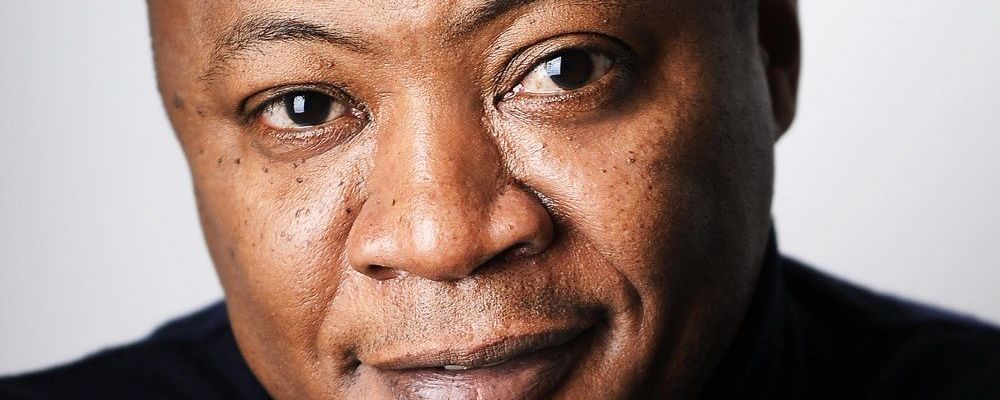It’s inescapable that there’s a huge, collective push going on right now around hybrid working. But what many have hailed as a new movement, I regard as a by-product.
Hybrid working is a trend that the pandemic has accelerated, but its true foundations lie in tangible changes in the dynamic of leadership. And the biggest change on that front is that the allegedly “cleverest MAN in the room” – barking out commands, setting the strategy, having all the answers and making everyone else feel afraid to speak till they’re spoken to – is long gone.
The geographical dislocation we’re now seeing is merely an effect of that character’s overdue departure.
Let us never forget that, as the pandemic began, all the most effective, national crisis responses took place in countries led by women. Fascinatingly, as we attempt to move into the post-pandemic world, all of the male CEOs that I coach are demanding that their colleagues return to the office – while all of the female leaders I work with are consulting with their teams on what they would like to happen next.
However, gender in this context is ultimately a red herring. The key factor here is empathy. Leaders of the future – many of whom have already arrived – are empathetic and inclusive. Their primary brief is to create environments in which colleagues feel that their voices are heard and valued. Cultures in which people can succeed – and will be eager to tell you that they’re part of something special.
It’s not just a mindset, but a heart-set and soul-set, too: “I have the ability to feel what you feel. I can walk in the shoes of someone who works for me.” And that means leaders must frame their activities not around the word ‘subordinate’, but the word ‘colleague’. The old culture was “challenge down, support up”, but the model for the new one must reverse that maxim.
Leaders will have to be comfortable with being vulnerable, with not knowing the answers – and with making mistakes. They will need to be open, transparent and accessible.
They must also be inclusive. Right now, the biggest diversity gap we see is not around race or gender – but different generations. Open, empathetic leaders will be instrumental in closing that gap. Seminal McKinsey research of March 2020 showed us that diverse teams achieve a financial uplift of 34% compared to their homogenous rivals. Sure – if we all come from the same background and hold the same views, it’s much easier to win consensus on major decisions. But that doesn’t necessarily mean that the quality and calibre of those decisions will be up to scratch.
To illustrate the sort of shift we need, allow me to provide an anecdote:
Just before the pandemic, when we could still meet in person, I held a group coaching session with Louise Greenlees – president of TK Maxx parent company TJXEurope – who has 70 direct reports scattered around the continent from Prague to Rome to Budapest. We booked a large conference room in a hotel near the firm’s Watford HQ, and all of Louise’s direct reports turned up to observe the session.
I went in straight away with a curveball: “How about letting me interview you?” Louise instantly blotched red, and her PAs jumped in to see if we could script it and set up the questions in advance. “What’s the point?” I said. “Many of these people have come a long way to be here, and this should be about building an authentic connection.”
Louise went along with it. At a crucial point, I asked her how she’d been doing for the previous 18 months. Louise replied that she’d “stopped delegating” by enabling people in the firm to make decisions autonomously. A polite cough came from the back of the room. The dissenter then stepped forward and said that the reverse was true – that the company had, in fact, implemented more procedures that had forced its people to jump through loads of hoops. This, said the dissenter, was the opposite of empowerment. Many others agreed.
Bright red, Louise said that she had never meant for those procedures to disempower her people or take away their authority. Then, she said something remarkable: “Let’s remove those procedures with immediate effect. We’re going back to where we were before they came in.” Can you imagine the atmosphere in the room? It was electric.
The point is this: the new model of leadership is about getting comfortable with being uncomfortable – and fessing up when things go wrong. There are no prizes for waiting three months to do a U-turn. Traditionalists say that change is a sign of weakness. No – it’s a sign of strength. And the leaders who embrace that ethos will be best prepared foi the future.
Voices from our community: René Carayol is a leading executive coach, a keynote speaker on diversity and Inclusion, and author of SPIKE: What Are You Great At?




